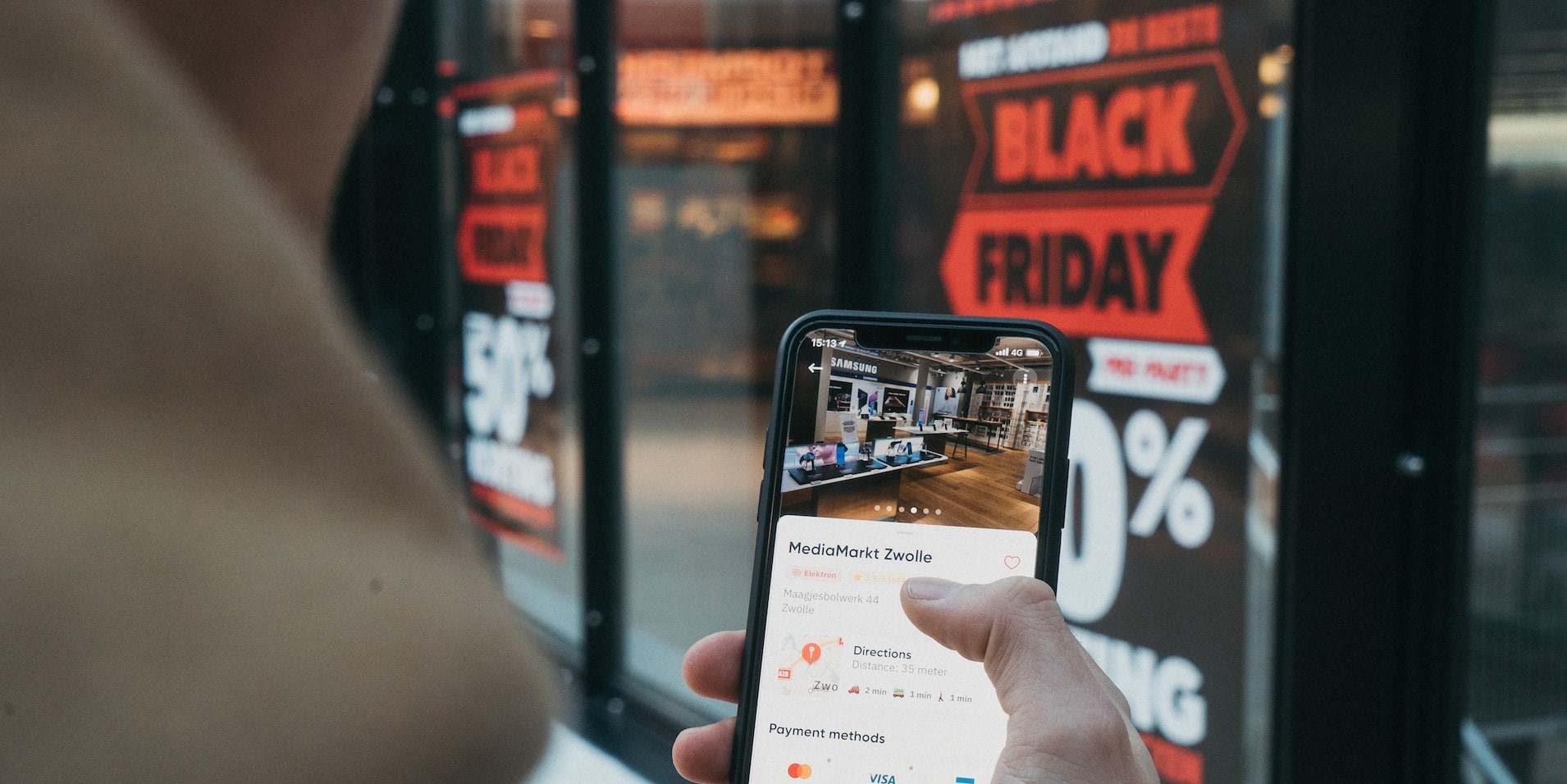Google's Cookie U-Turn: The Impact on Marketing Leaders & Users
Over the past few years, marketing leaders have been gearing up for the inevitable 'Cookieless Future'. Safari was the first to bid farewell to...
Read moreWhy must advertisers embrace cookieless marketing options? Macy Edwards shares why this opens the door to better targeting options and higher conversion rates.
Cookieless [cookie-less]
noun
1. describes a way of marketing in which marketers are less reliant on cookies — bits of data that contain consumer personal identifiers
It’s important to say that the concept of ‘cookies’ is not disappearing - there are simply policy shifts happening across most web browsers such as Google Chrome, Safari and Firefox to depreciate third-party cookies in the name of consumer privacy. First-party cookies can continue to be leveraged by websites and evolving processes for first-party data collection is a priority for marketers.
In a 2021 survey overseen by Boston Consulting Group, partnered with LinkedIn, concluded that 39% of marketers affirmed that data losses have already begun affecting their marketing performance and 56% expected this impact to grow.
Cookies are bits of data that contain consumer personal identifiers, which enables technology companies like Google and Apple to provide advertising targeting products and marketers to target their customers. There are methods to doing this through first-party data collection and the race is on for companies to future-proof themselves.
Marketers are responsible for nurturing consumers through multiple stages – from brand discovery, engagement, and conversion – building that long-term relationship between brand and consumer. The changes in cookie availability will impact the actions pre-conversion.
To prepare, marketers must develop first-party data strategies. To do this it’s important to start by building complete customer profiles, and then overlaying these with data points including durable identifiers - like email addresses and mobile phone numbers - that are collected with customer consent and do not face browser restrictions.
Many are advising to focus on consent-based advertising, I wrote about the “value exchange” in 2021 and why marketers should care about building consumer trust. In order to maximise on ‘consent-based advertising’ you must inspire the user to share their personal information with you by choice, it’s the classic “I scratch your back, you scratch mine” scenario. It helps strengthen customer relationships, brand retention and enables companies to provide a more personalised experience.
Interestingly, with context targeting becoming more popular, now you’ve built your customer profiles, contexts are some of the data points you can assign to the profiles e.g. female, 25-30yrs old, living in London and likes luxury holidays, women’s apparel, and jewellery crafting. These are all cookieless targeting options! What comes next is extensive testing - creative is pivotal as it's about going after the consumer's mindset and, without the visibility from third-party cookies, understanding what creative resonates best with the context is critical, this will ultimately improve ad effectiveness and ROI.
Cookieless is not going away; start building your customer profiles, identifying contextual targeting options, and messaging (thinking about the value exchange) and, finally, plan the creative and test the hell out of it to find what resonates best with your customer!
I'll be sharing more insight into Cookieless advertising at this year's PPC HeroConf, on Monday 18th July. Can't make it? You can download my free eBook to learn more about the basics of Cookieless advertising.
Photo by Caroline Attwood on Unsplash
More articles you might be interested in:

Over the past few years, marketing leaders have been gearing up for the inevitable 'Cookieless Future'. Safari was the first to bid farewell to...
Read more
How did Black Friday 2022 look for our clients? Connor Hyslop reviews how this unprecedented peak period impacted our paid search performance
Read more
After 25 years in the marketing mix, Display and Programmatic has paved the way for channels such as Paid Search and Paid Social. So, why do you need...
Read more.jpg)
Google are now holding on to third-party cookies for another year, till 2024. Find out more about why brands and advertisers should still be...
Read more
Is Phrase the best replacement for Broad Match? Our specialists put them head to head and share what they found with the Paid Search community. Read...
Read more
Find out more about the latest updates in digital marketing. Featuring key updates from Google, demystifying meta descriptions, and checking in on...
Read more
Episode seven of The Assorted Digital Ramblings Podcast is now available! Learn about Paid Social Media with guest Amy.
Read more
We're heading into a new financial year - do you know how PPC can help grow your conversions? Find out how developments from Google and Bing will...
Read more